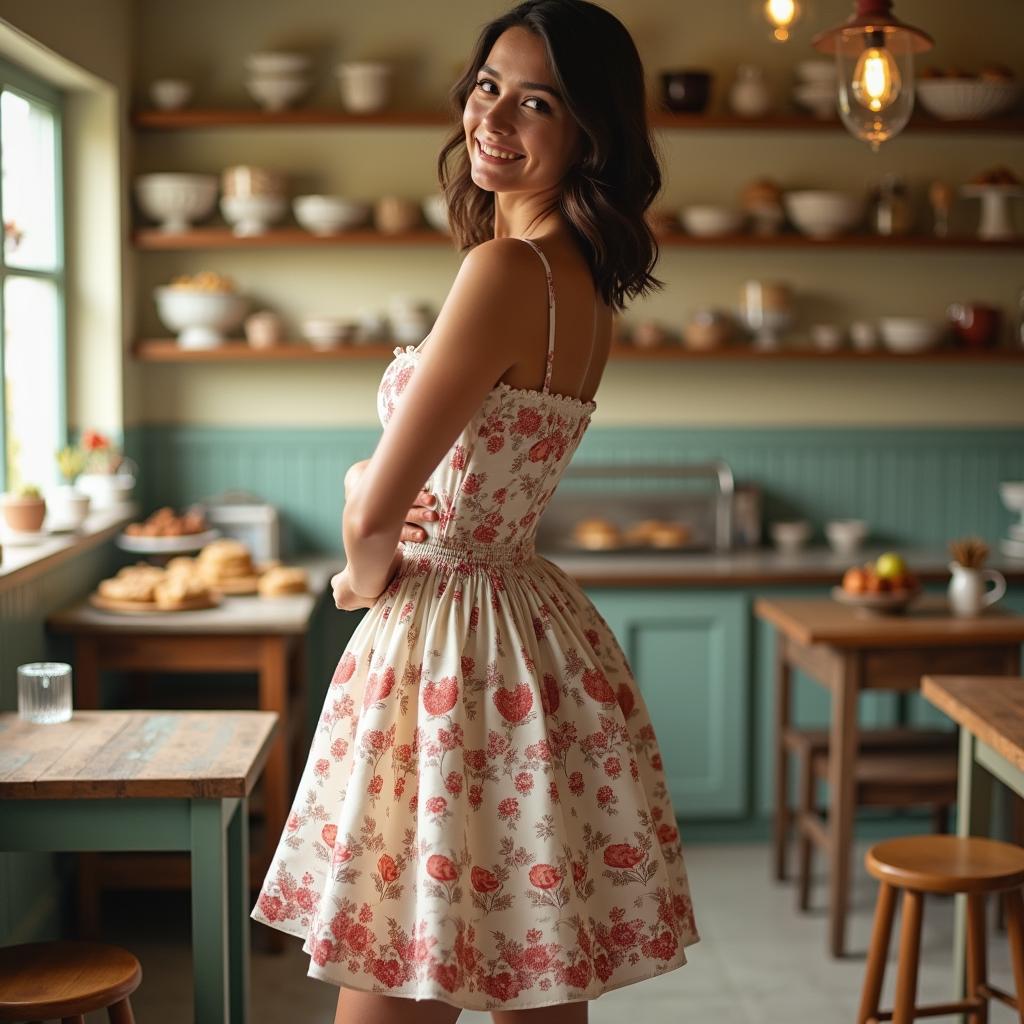
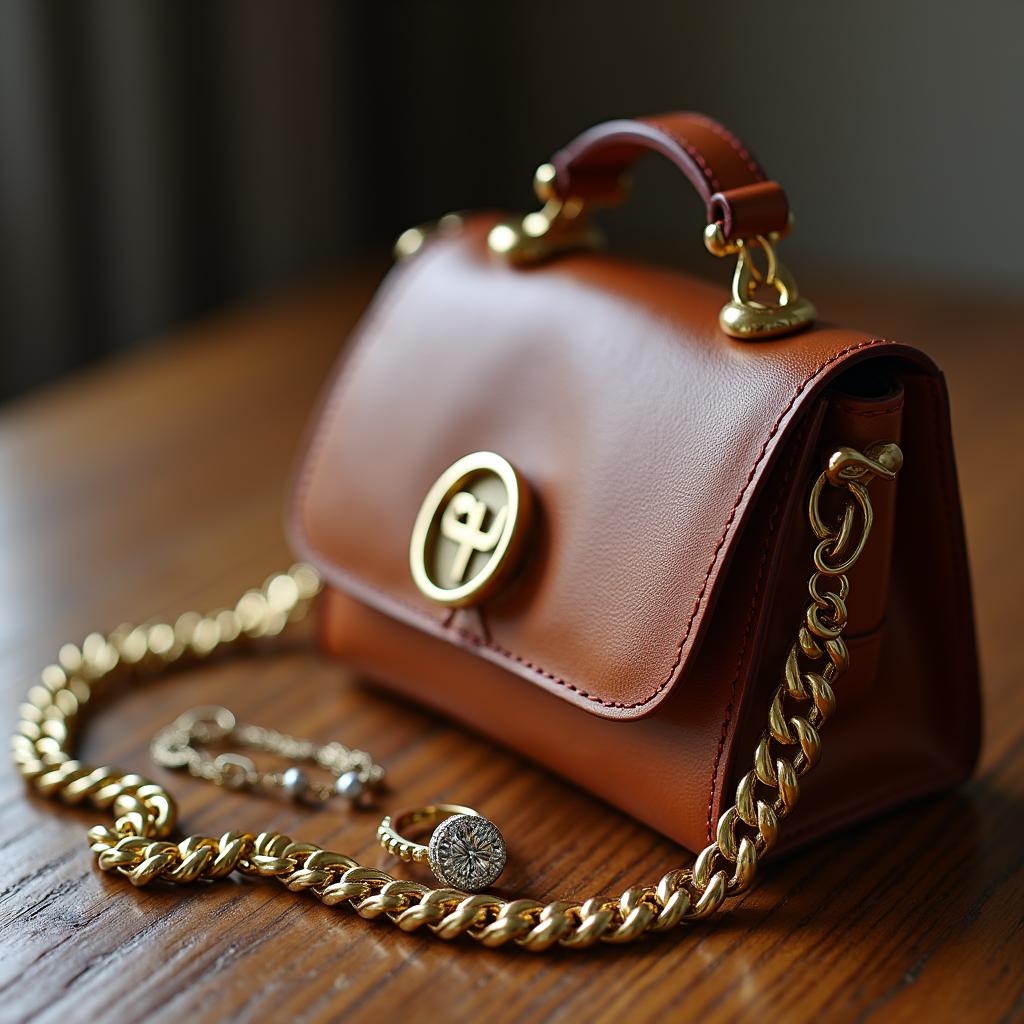
Introduction
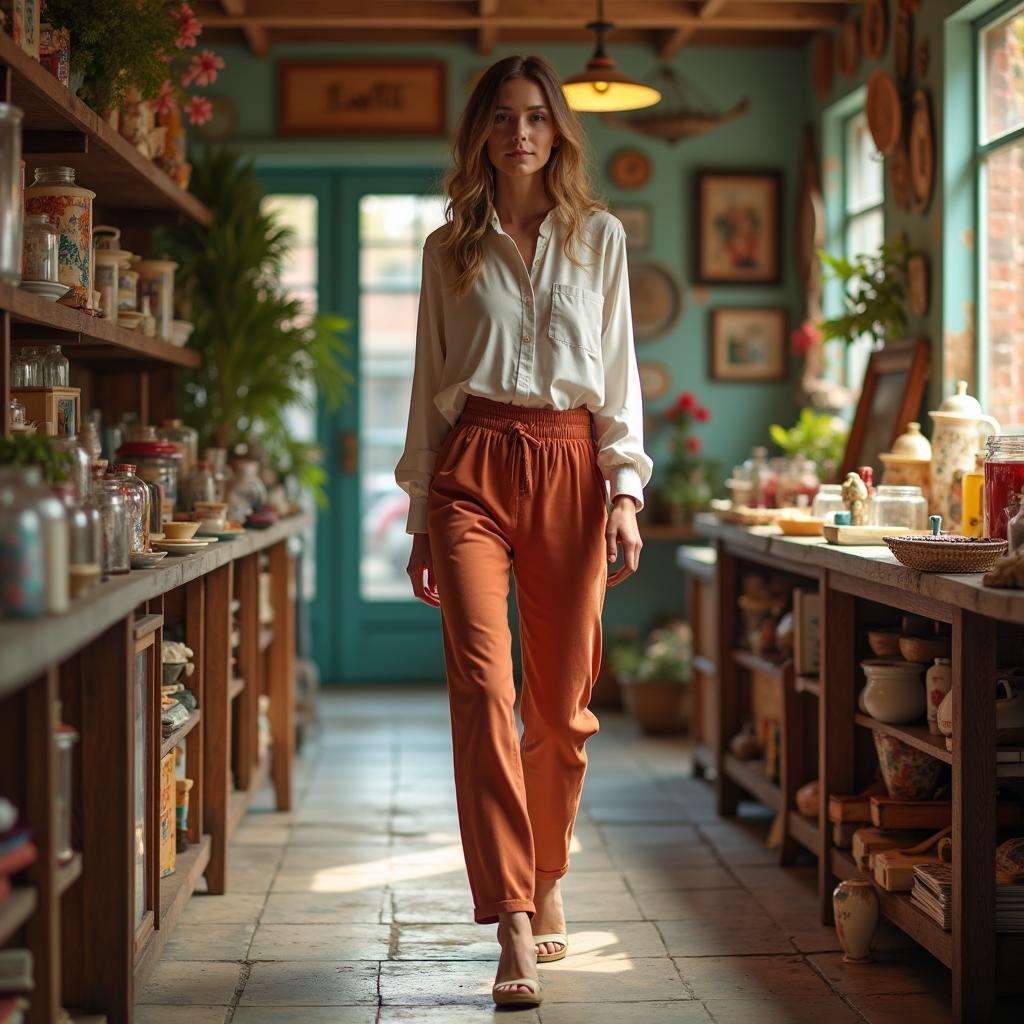
Vintage fashion has made a remarkable comeback, with women of all ages embracing styles from the past. For those in their 30s, vintage fashion offers a unique opportunity to express individuality while maintaining a sophisticated edge. This blog post will delve into detailed styling recommendations, seasonal trends, fabric choices, and tips for dressing various body types in vintage attire.

Understanding Vintage Fashion
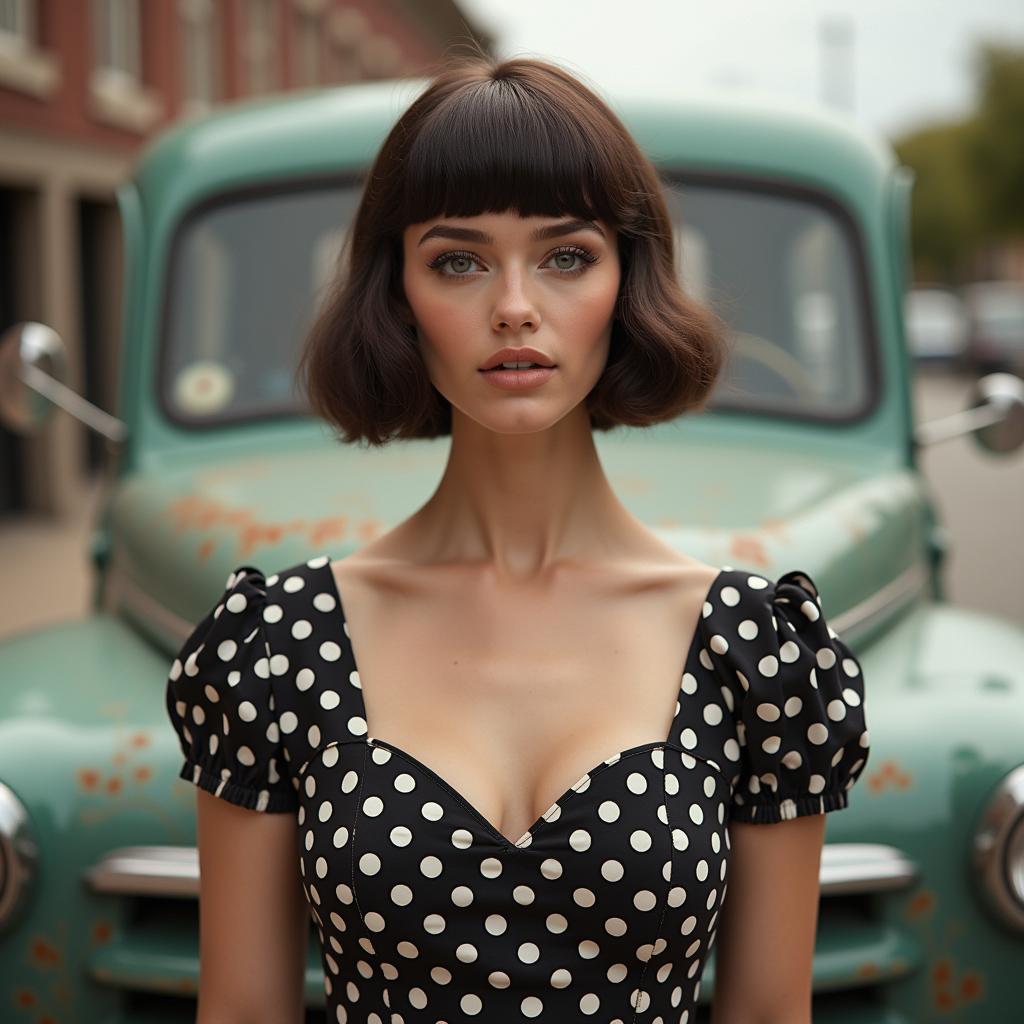
Vintage fashion typically refers to clothing that is at least 20 years old but less than 100 years old. This category encompasses styles from various eras, including the flapper dresses of the 1920s, the swing dresses of the 1950s, and the bohemian looks of the 1970s. Women in their 30s can draw inspiration from these eras to create outfits that are both nostalgic and contemporary.
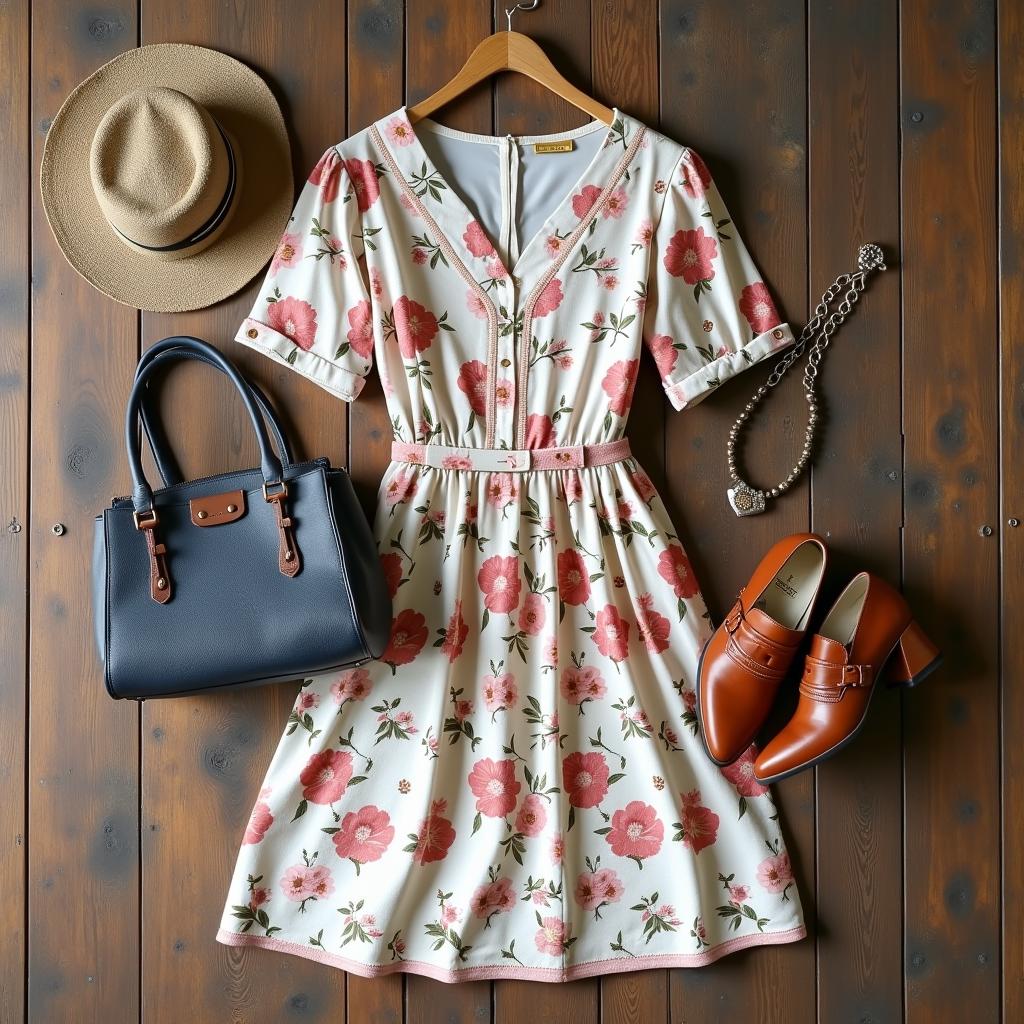
Key Elements of Vintage Style

- Silhouettes: Vintage clothing often features unique silhouettes that flatter the female form. Look for elements such as cinched waists, flared skirts, and structured shoulders.
- Fabrics: Opt for natural fibers like cotton, silk, and linen. These materials not only enhance comfort but also add a luxurious feel to your vintage wardrobe.
- Patterns: Florals, polka dots, and paisleys are classic choices that can add a playful touch to your outfit.
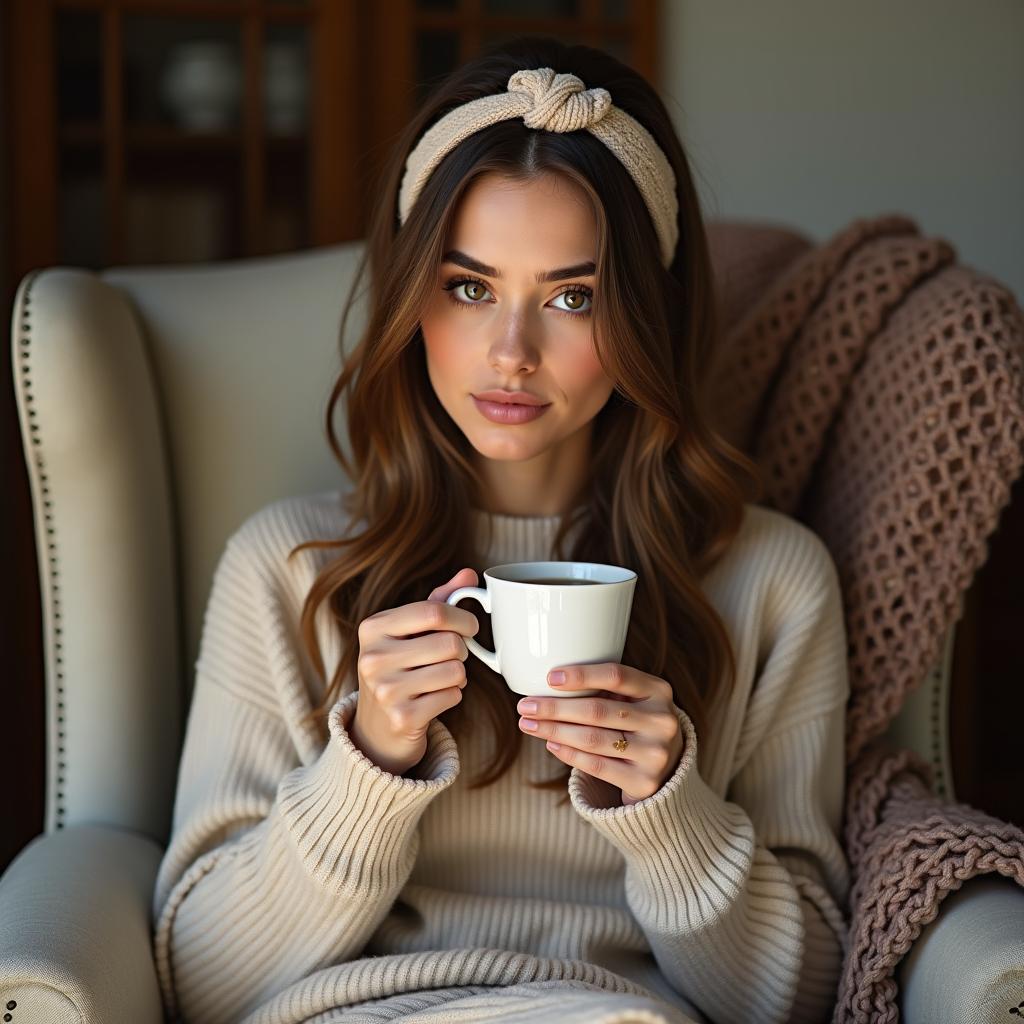
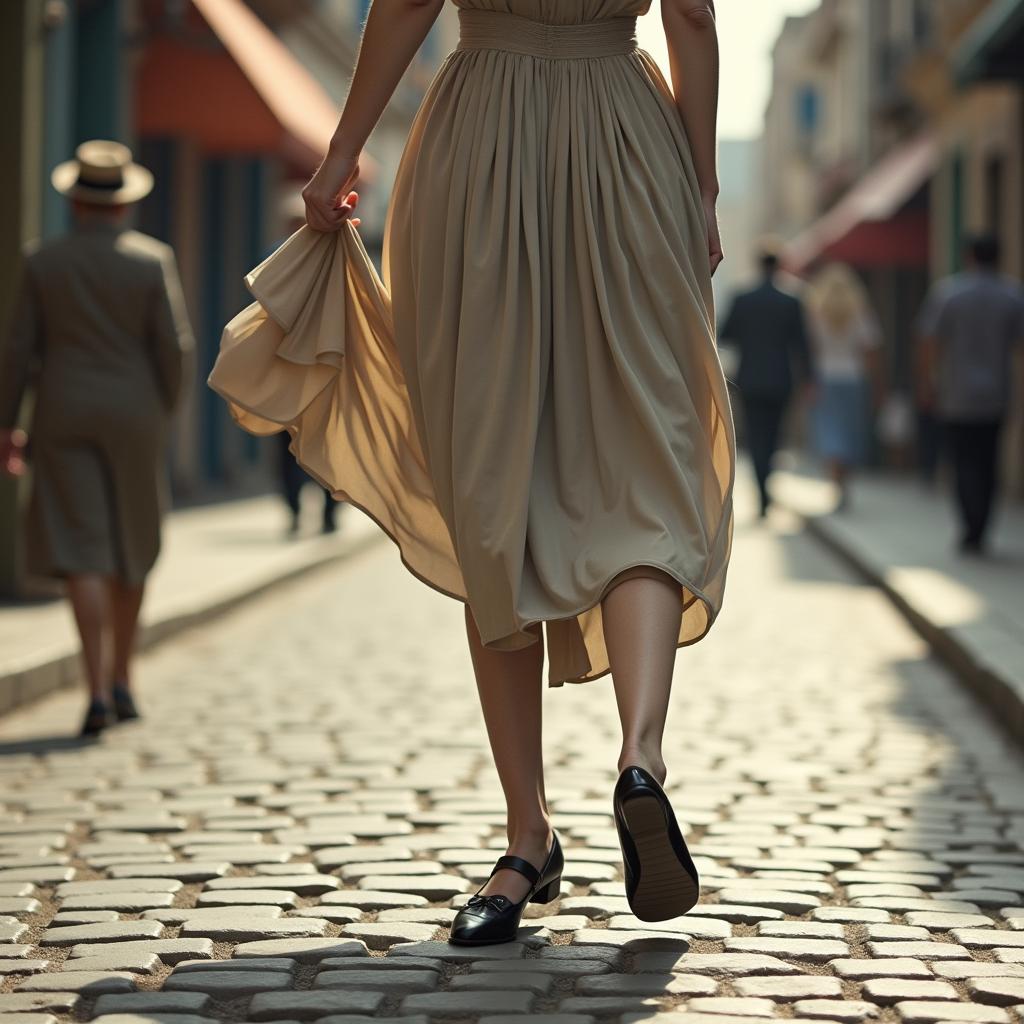

Styling Recommendations
Clothing Choices
- Bottoms: High-waisted trousers and A-line skirts are flattering and versatile. Pair them with fitted tops to enhance your silhouette.
- Tops: Look for blouses with vintage detailing such as lace, ruffles, or puffed sleeves.
- Dresses: Tea-length dresses in floral prints or polka dots are perfect for both casual outings and more formal events.
Accessories
- Bags: A structured handbag or a vintage clutch can elevate your outfit. Look for leather options in classic colors like black, tan, or navy.
- Jewelry: Opt for delicate pieces that reflect the vintage aesthetic, such as pearl earrings or a dainty chain necklace.
Footwear
- Shoes: Choose kitten heels, Mary Janes, or vintage-inspired loafers for an authentic touch. Ensure they are comfortable for all-day wear.
Hairstyles and Makeup
- Hairstyles: Loose waves or a vintage bob can perfectly complement your outfit. Consider using a headband or scarf for a retro flair.
- Makeup: Aim for a soft, feminine look. Use a subtle blush, winged eyeliner, and a classic red lip to channel vintage glam.
Seasonal Trends
Vintage fashion is versatile enough to adapt to seasonal changes. – Spring/Summer: Embrace floral dresses and lightweight fabrics. Pair with sandals or espadrilles. – Fall/Winter: Layer with vintage coats or cardigans. Opt for heavier fabrics like wool and pair with ankle boots.
Fabric Choices
Choosing the right fabric is essential for comfort and style. Natural fibers like cotton are breathable for summer, while heavier fabrics like wool keep you warm in winter. Always check for quality when sourcing vintage pieces; look for signs of wear or damage.
Dressing Different Body Types
Hourglass
- Opt for fitted tops and cinched waists to highlight your curves. A-line skirts and tailored trousers are great choices.
Pear
- Balance your silhouette with flared skirts and structured tops. Avoid overly clingy fabrics on the lower half.
Apple
- Go for empire waist dresses or flowy tops to create a balanced look. High-waisted trousers can also be flattering.
Athletic
- Look for dresses that add volume, such as skater styles, and tops with ruffles or details that create softness.
Conclusion
Vintage fashion is not just about wearing old clothes; it’s about embracing a lifestyle and an aesthetic that celebrates individuality. For women in their 30s, this style offers a perfect blend of nostalgia and modernity. By following these styling recommendations, you can curate a wardrobe that reflects your personality and makes a statement. Remember, fashion is about confidence—wear what makes you feel good, and you’ll always look fabulous.
Leave a Reply